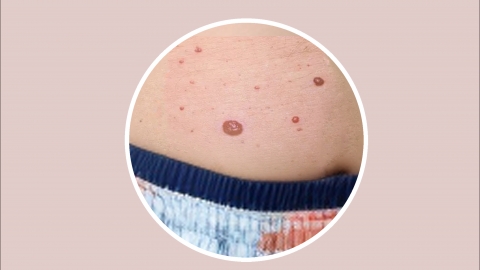Will infantile hemangiomas heal on their own?
In general, whether a neonatal hemangioma can resolve spontaneously mainly depends on the type, size, location of the hemangioma, as well as individual differences in the child. If any discomfort occurs, prompt medical consultation is recommended. The detailed analysis is as follows:

When the neonatal hemangioma is of the strawberry-type, small in size, and located in non-critical areas, it has a high likelihood of self-resolution. These hemangiomas typically grow rapidly within the first few months after birth, then enter a regression phase. Most gradually shrink and fade in color by the time the child reaches 5 to 10 years of age, eventually disappearing completely without special intervention. Regular monitoring of changes is usually sufficient.
Neonatal hemangiomas that are cavernous or arteriovenous (racemose) types, or those that are large in size or located in critical areas such as around the eyes or throat, generally do not resolve spontaneously. These hemangiomas may continue to grow, compress surrounding tissues, cause functional impairments, and carry risks such as rupture, bleeding, or infection. Timely treatment through medication, laser therapy, or surgery is required to prevent long-term health consequences.
Parents should regularly monitor the hemangioma's growth, recording changes in size and color, and avoid friction or trauma to the area to prevent injury. If the hemangioma rapidly enlarges over a short period, shows abnormal darkening in color, or develops ulceration or bleeding, the child should be brought to a doctor immediately for evaluation and determination of whether intervention is necessary.







